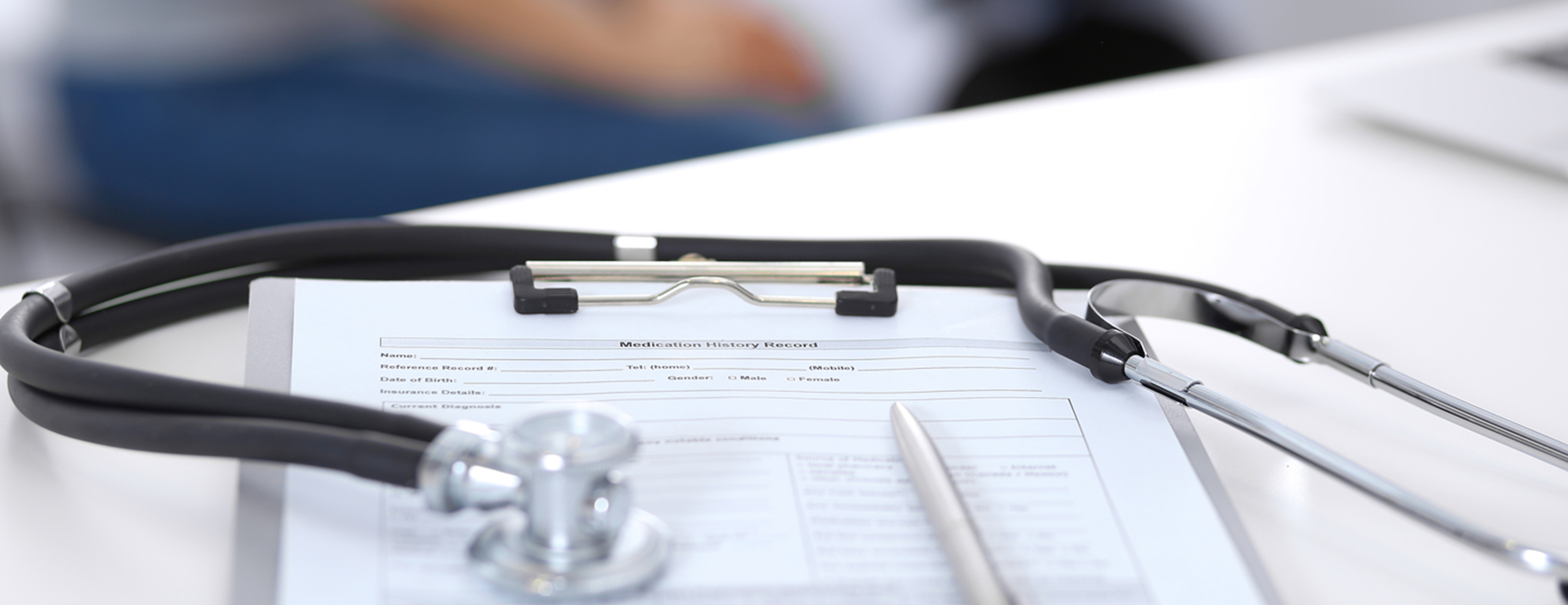
Gastric suction
Definition
Gastric suction is a procedure to empty the contents of your stomach.
Alternative Names
Gastric lavage; Stomach pumping; Nasogastric tube suction; Bowel obstruction - suction
How the Test is Performed
A tube is inserted through your nose or mouth, down the food pipe (esophagus), and into the stomach. Your throat may be numbed with medicine to reduce irritation and gagging caused by the tube.
Stomach contents can be removed using suction right away or after spraying water through the tube.
How to Prepare for the Test
In an emergency, such as when a person has swallowed poison or is vomiting blood, no preparation is needed for gastric suction.
If gastric suction is being done for testing, your health care provider may ask you not to eat overnight or to stop taking certain medicines.
How the Test will Feel
You may feel a gagging sensation as the tube is passed.
Why the Test is Performed
This test may be done to:
- Remove poisons, harmful materials, or excess medicines from the stomach
- Clean the stomach before an upper endoscopy (
EGD ) if you have been vomiting blood - Collect stomach acid
- Relieve pressure if you have a blockage in the intestines
Risks
Risks may include:
- Breathing in contents from the stomach (this is called aspiration)
- Hole (perforation) in the esophagus
- Placing the tube into the airway (windpipe) instead of the esophagus
- Minor bleeding
References
Holstege CP, Borek HA. Decontamination of the poisoned patient. In: Roberts JR, Custalow CB, Thomsen TW, eds. Roberts and Hedges' Clinical Procedures in Emergency Medicine and Acute Care. 7th ed. Philadelphia, PA: Elsevier; 2019:chap 42.
Meehan TJ. Approach to the poisoned patient. In: Walls RM, Hockberger RS, Gausche-Hill M, eds. Rosen's Emergency Medicine: Concepts and Clinical Practice. 9th ed. Philadelphia, PA: Elsevier; 2018:chap 139.
Pasricha PJ. Gastrointestinal endoscopy. In: Goldman L, Schafer AI, eds. Goldman-Cecil Medicine. 25th ed. Philadelphia, PA: Elsevier Saunders; 2016:chap 134.
Review Date: 09/03/2018
The information provided herein should not be used during any medical emergency or for the diagnosis or treatment of any medical condition. A licensed physician should be consulted for diagnosis and treatment of any and all medical conditions. Call 911 for all medical emergencies. Links to other sites are provided for information only -- they do not constitute endorsements of those other sites. Copyright ©2019 A.D.A.M., Inc., as modified by University of California San Francisco. Any duplication or distribution of the information contained herein is strictly prohibited.
Information developed by A.D.A.M., Inc. regarding tests and test results may not directly correspond with information provided by UCSF Health. Please discuss with your doctor any questions or concerns you may have.





